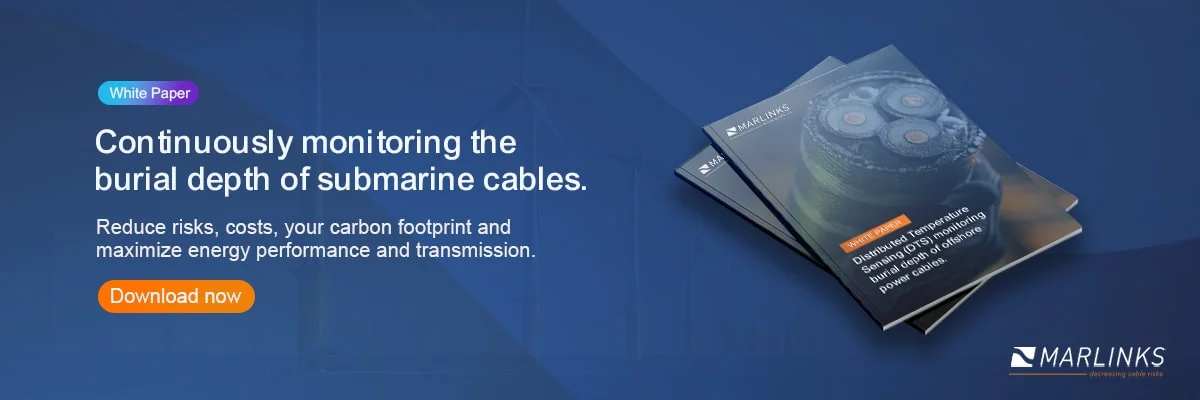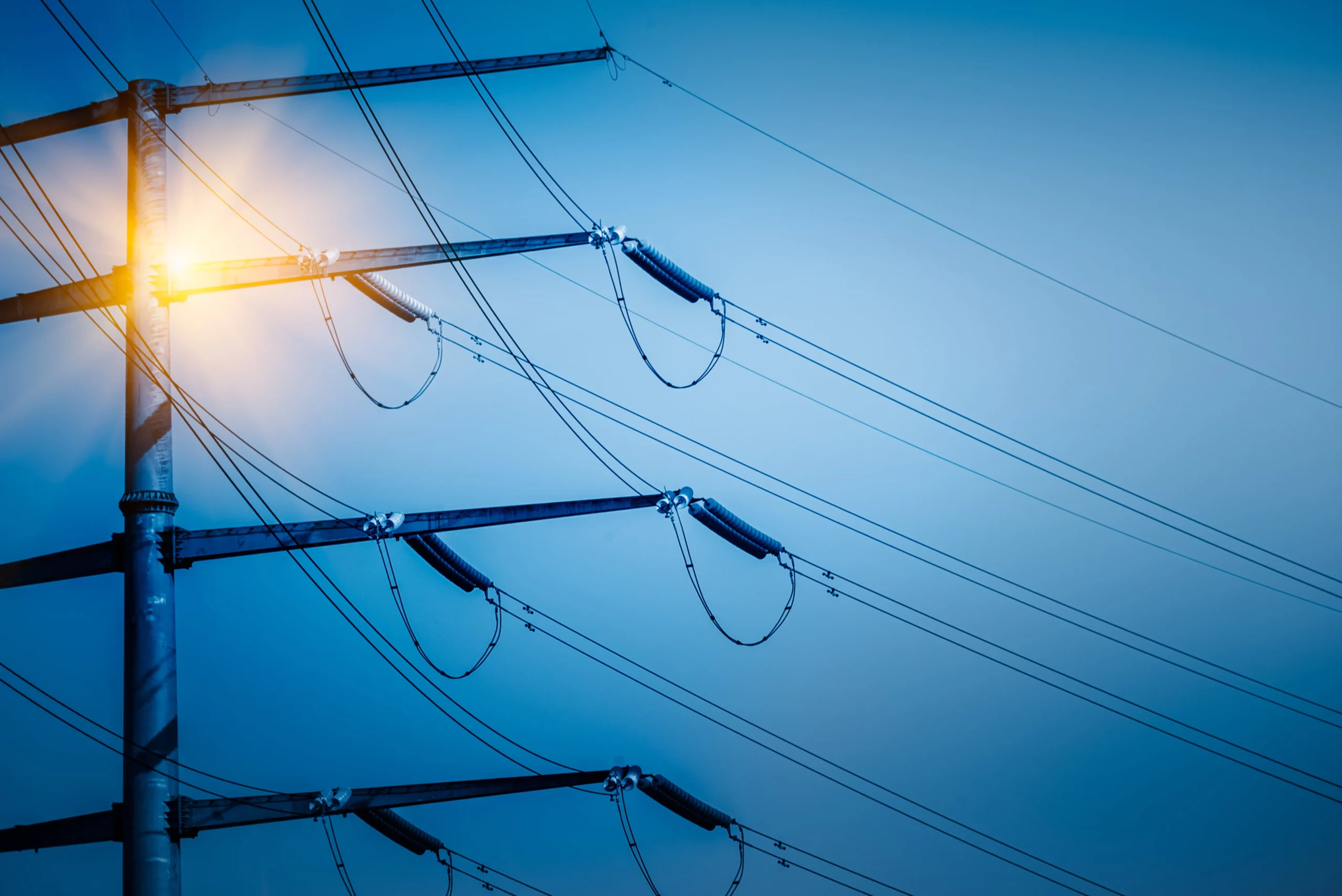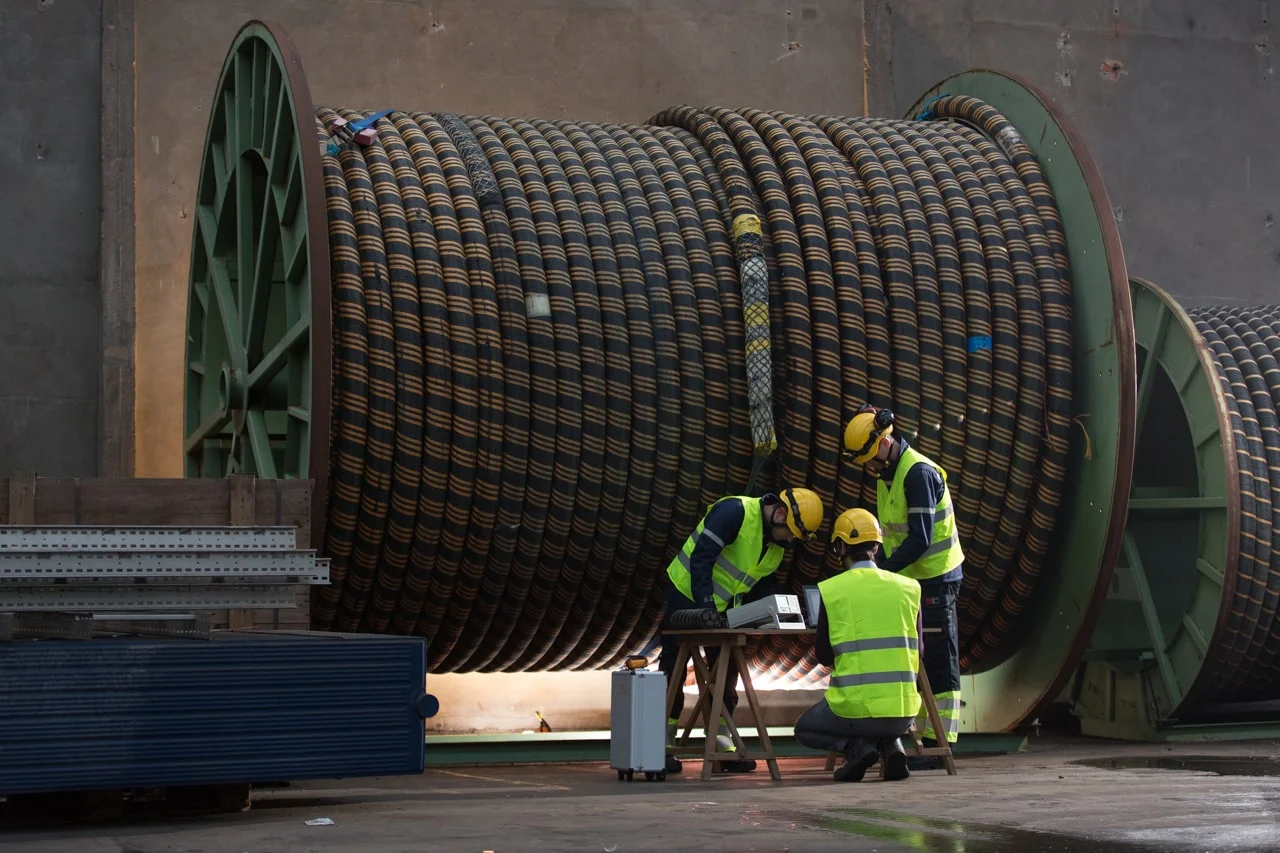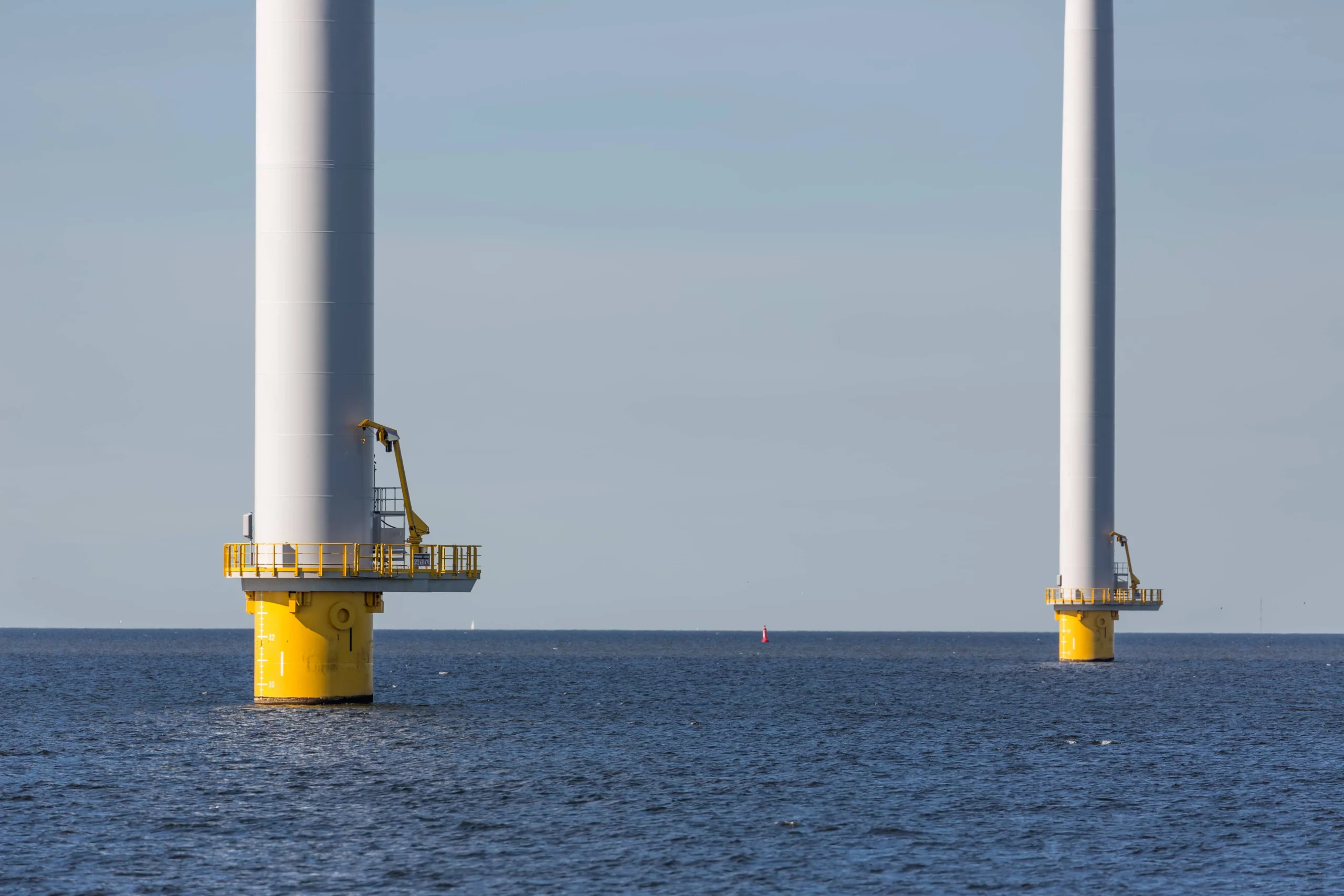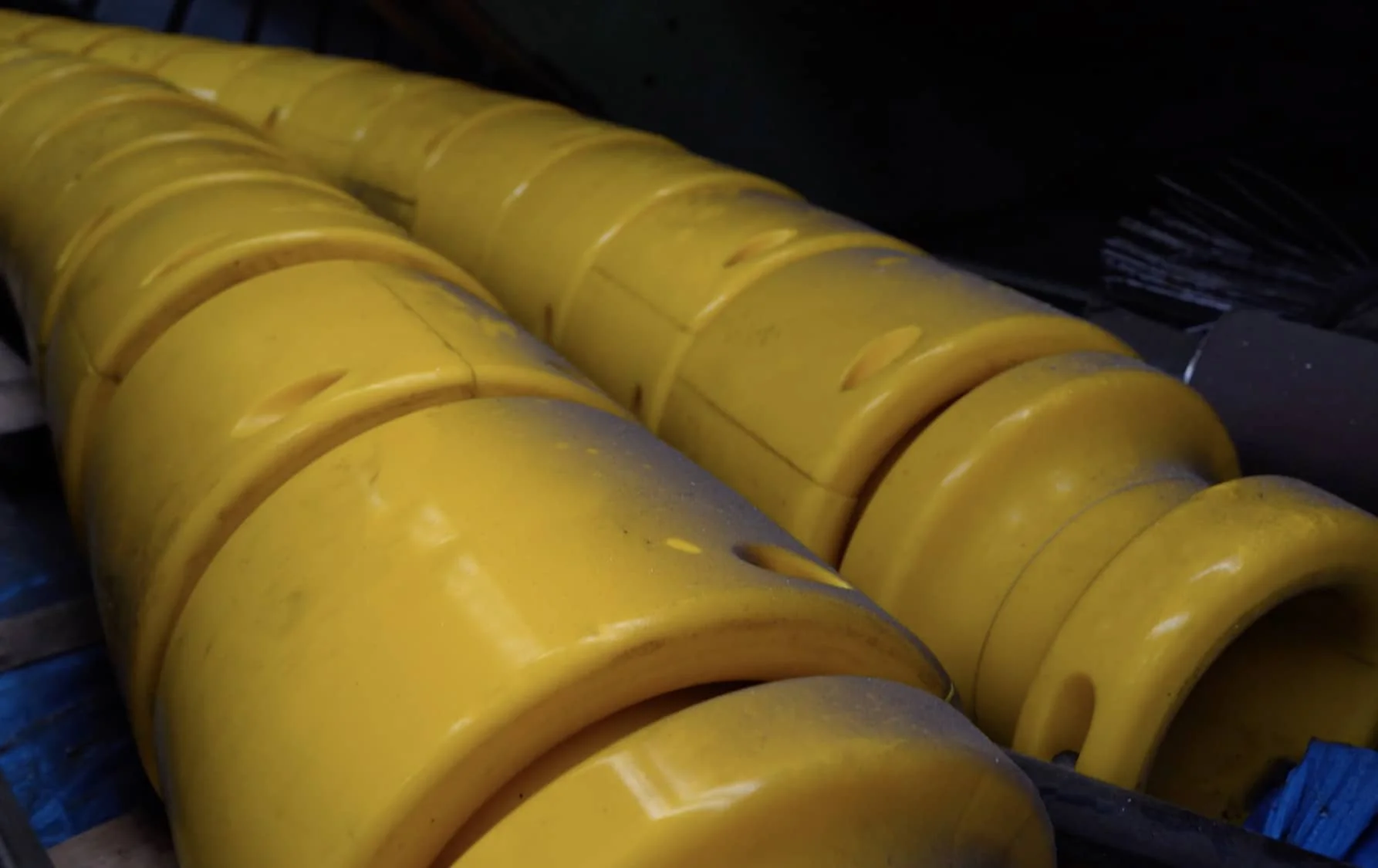UK's Offshore Wind Dreams Dashed as Government's Auction Round 5 Goes Unclaimed.
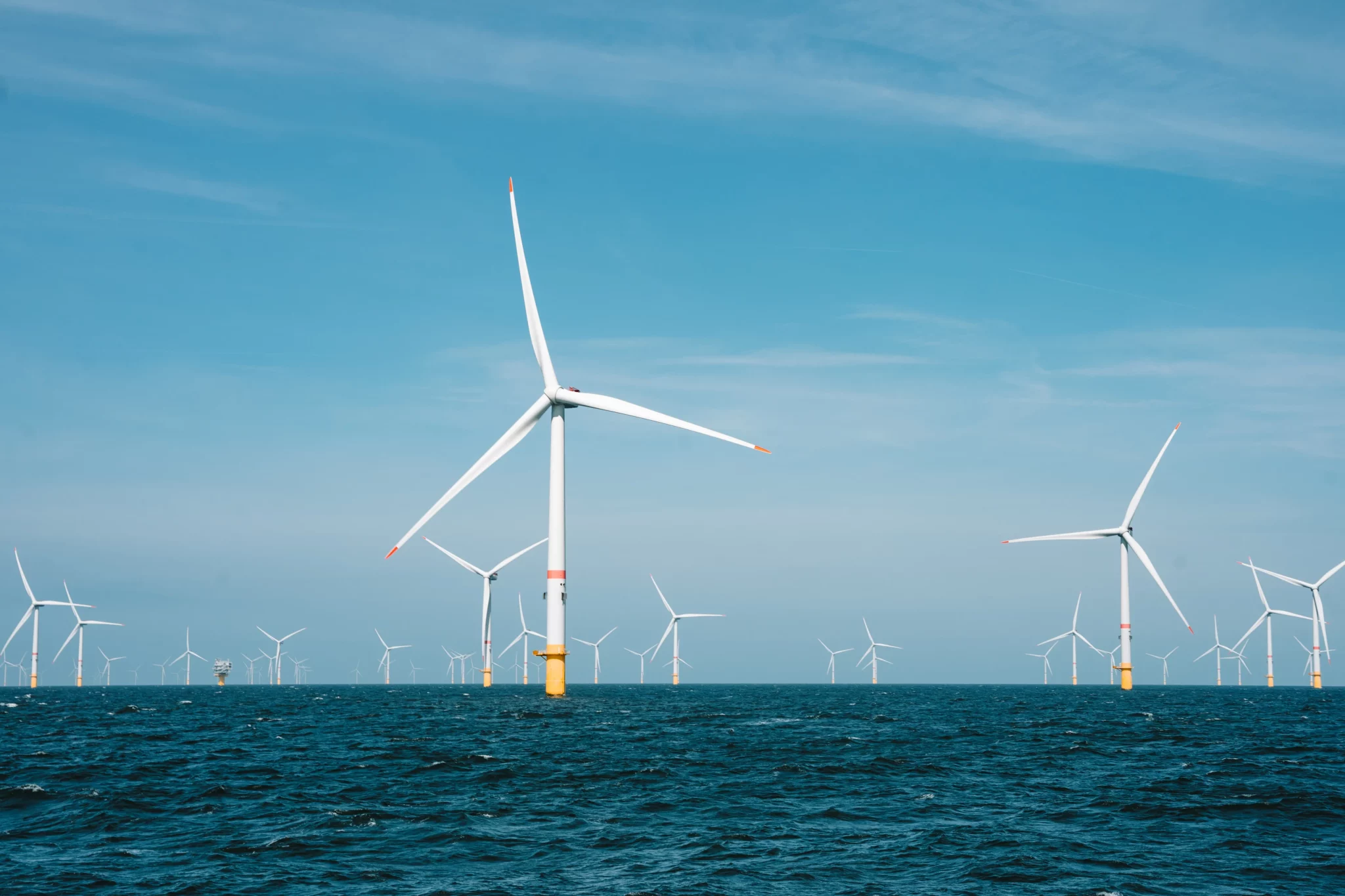
In what is seen by many as a major setback to the UK’s net-zero ambitions, the UK government received no bids for offshore wind projects in the recent Auction Round 5. While deals were struck for onshore wind, tidal, and solar projects, the complete absence of bids for offshore wind projects dealt a severe blow to the government’s renewables strategy, heavily reliant on offshore wind.
Offshore wind plays a crucial role as a leading source of renewable energy in the UK, contributing to 13.8% of the country’s electricity generation in 2022. Other sources of renewable energy do not produce enough capacity to replace the heavy lifting job offshore wind does in generating clean energy in the UK. With the looming target of achieving 50GW of offshore wind capacity by 2030, a year without awarded projects is a wasted opportunity, particularly following the challenges faced in Auction Round 4. Currently, the UK has 14GW of installed offshore wind capacity, requiring significant growth to reach the 2030 target.
Indications suggest that the issue primarily stems from the strike price set in the auction, which was fixed at £44 per megawatt-hour. Industry insiders have voiced concerns that this price was insufficient to make offshore wind projects a financially viable investment, as it did not account for rising inflation and the increasing costs of materials and labour. One prominent developer has even referred to the outcome of the auction as a “multi-billion-pound missed opportunity to deliver affordable energy to consumers and a wake-up call for the government”.
This setback is not merely a lost investment opportunity or a hindrance to the UK’s net-zero goals; it also risks the country’s leadership position in the offshore wind sector. Such a shift could negatively impact the UK’s knowledge and thought leadership in the industry, potentially causing the nation to lag behind in technological innovation and development. This, in turn, could adversely affect UK businesses operating in the renewables sector.
As a result, all eyes are now on the UK government and Auction Round 6, with the country facing a substantial challenge in catching up and retaining its industry leadership. The silver lining is that the transition to annual auctions means that Round 6 is just five months away, scheduled for March 2024. The critical lesson from Round 5 is that the UK government must set a realistic strike price to attract investment and ensure the success of future offshore wind projects.
Want to learn more about subsea cable monitoring?
Don’t hesitate to contact us through sales@marlinks.com or +32 485 07 99 30.
